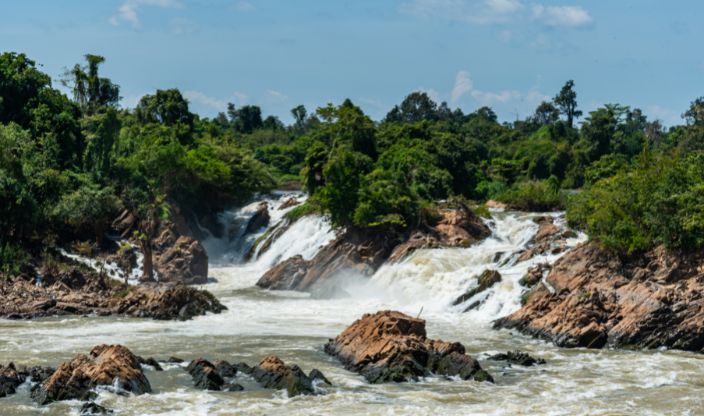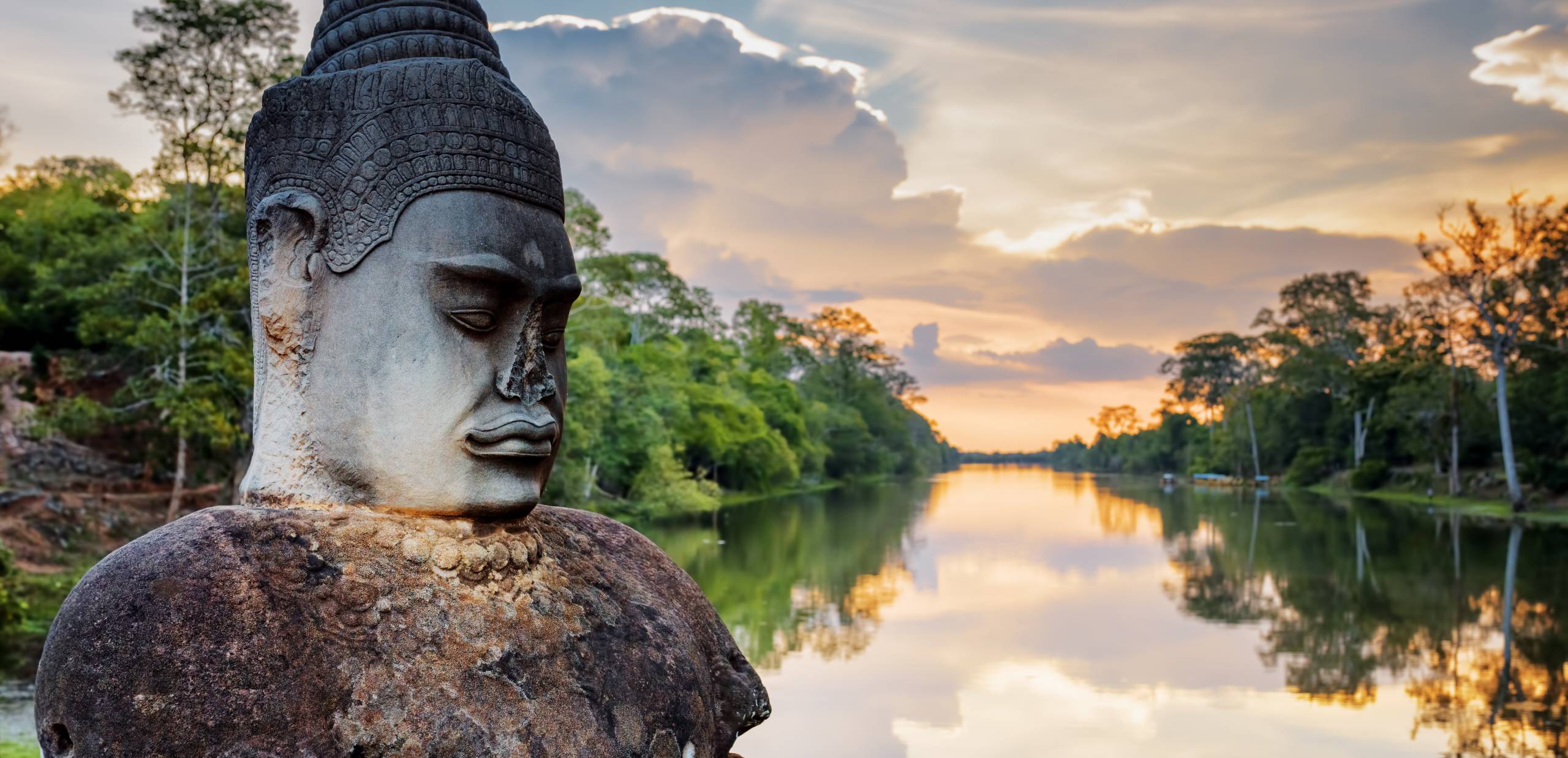Introducing Laos
Laos, one of Southeast Asia’s most alluring nations, is famously known as “the land of a million elephants” and is breathtakingly gorgeous, with a rich tapestry of traditional culture and majestic landscapes. This lovely country is the ideal place to go if you wish to explore somewhere off the beaten track. Meet welcoming people, take in gorgeous landscapes, and savour delectable regional cuisine. Relaxed and friendly Laos is simple to get around and will be impossible to leave at the end of your journey. Your travels will unearth land covered in deep, forested valleys amidst resourceful people leading leisurely lives. Adventure beckons among the lush vegetation and golden-spired temples, while the lovely and metropolitan cities provide a taste of Laos’ imperial past with their wide boulevards lined with monks and picturesque, sometimes dilapidated French grandeur.
Southeast Asia’s sole landlocked nation is Laos. Mountains and rugged forested hills dominate over three-quarters of Laos, making it impossible to live there.
The Mekong River is essential as a conduit for shipping goods and people, a source of energy at dams, a source of water for farming, and a habitat for fish, which form a significant part of the Laotian diet. Most of the population resides along the river, which travels through Laos and south Vietnam for more than 2,600 miles (4,180 kilometres). Only 10% of the country sits below 600 feet, and Phu Bia, the highest peak, is 9,242 feet high (2,817 meters).
The ideal time to visit Laos, a tiny landlocked nation, is from October to April, when the climate is mild and dry throughout the year long.
The best time to travel on the river, is between November and January, when the Mekong River, Laos’ principal waterway, has high water levels that make transit simple. Laos’ terrain has a significant impact on its climate, and the mountains, which are primarily in the country’s northern, eastern, and central regions, nevertheless experience chilly temperatures.
Laotian cuisine is bold, interesting, full of herbs and chillies, and the flavour combinations are sure to excite your palate. Laap, one of the ultimate basic foods in Laos, is referred to on most menus as simply “meat salad”. To eat like a Laotian, scoop up sticky rice with your hands, roll it into a ball, and then savour the delicious regional sauces. While there are many other types of dip, the three that are most frequently served are the thick chilli paste (djeo mak bet), the medium-spiced tomato (tomato len), and the smokey aubergine (djeo mak kua).
Originally from Yunnan, China, the Lao people were driven south to the Khmer empire’s frontier in the 13th century. Fa Ngum established the first Lao kingdom, known as Lan Xang or “country of the million elephants,” in 1353.
In the 20th century, with its administrative centre in Vientiane, the French established this region as a protectorate, which later came to be known as Indochine or French Indochina and granted it autonomy in local affairs. The kingdom of Luang Prabang continued to exist, but a French official was given direct control over the other provinces. Until the Japanese attacked mainland Southeast Asia during World War II, France paid little attention to Laos; but, in 1941, under Japanese duress, the Vichy administration of German-occupied France returned to Thailand the areas France had taken in 1904. The remaining French Indochina was completely taken over by the Japanese in March 1945, and Laos’ independence was declared in April.
Generally, the Lao culture is characterised as being friendly, easy going and family oriented. Their primary focus is living life well and avoiding the burdens and strife of life.
Laos is a great destination to enjoy with the family. Laos is home to many fascinating cave networks which will enthuse young ones and teens. The Pak Ou caves include hundreds of intricately carved Buddha statues and images, that are highly respected, while the 7-kilometer-long Tham Kong Lo is an underground cave that can only be explored with tiny, motorised boats. You can also take the family river rafting and stand-up paddle boarding on the still surface of the Mekong River. If you prefer land to water, rent a bike for less than £1 per day and go on an amazing two-wheeled adventure.
Recommended Laos Specialists
Top Locations in Laos





